Affiliate links on Android Authority may earn us a commission. Learn more.
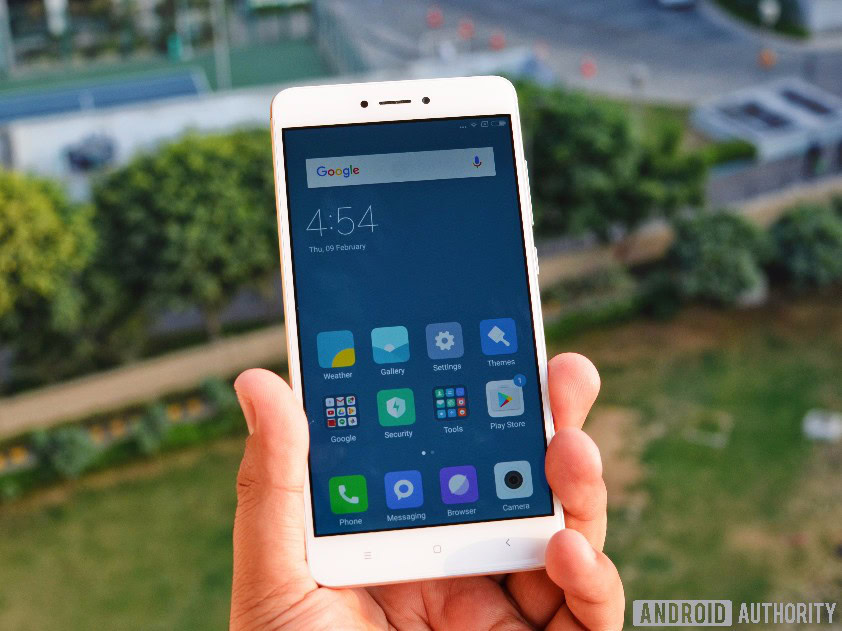
Xiaomi Redmi Note 4
What we like
What we don't like
Our scores
Xiaomi Redmi Note 4
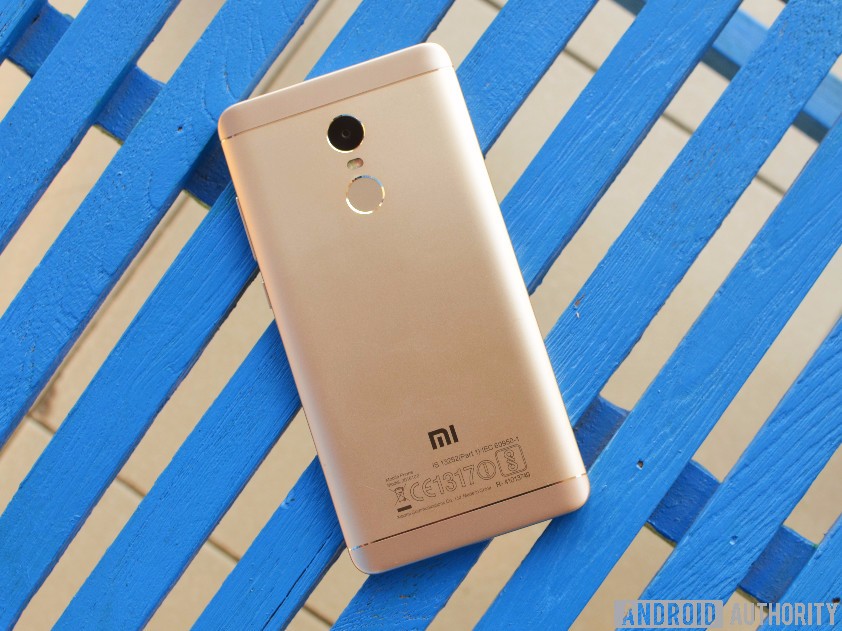
The Xiaomi juggernaut now includes fitness bands, earphones, air purifiers, and more, but of course smartphones are its real stars. The company had a great 2016 in India selling over 3.6 million units of the Redmi Note 3, and crossing $1 billion in revenue in the country for the first time.
Now, it is time for the successor of that bestselling device. The Chinese OEM would like to continue the momentum with the Redmi Note 4, the company’s first launch of the year in India. The affordable smartphone market in India is very crowded, and Xiaomi wants to ward off multiple threats based on pricing or the specifications sheet by offering three variants of the Redmi Note 4 with different memory configurations.
Will the Redmi Note 4 help Xiaomi with its dream run in the Indian market or is it just another run-of-the-mill budget smartphone? Let’s find out in our detailed review!
Design
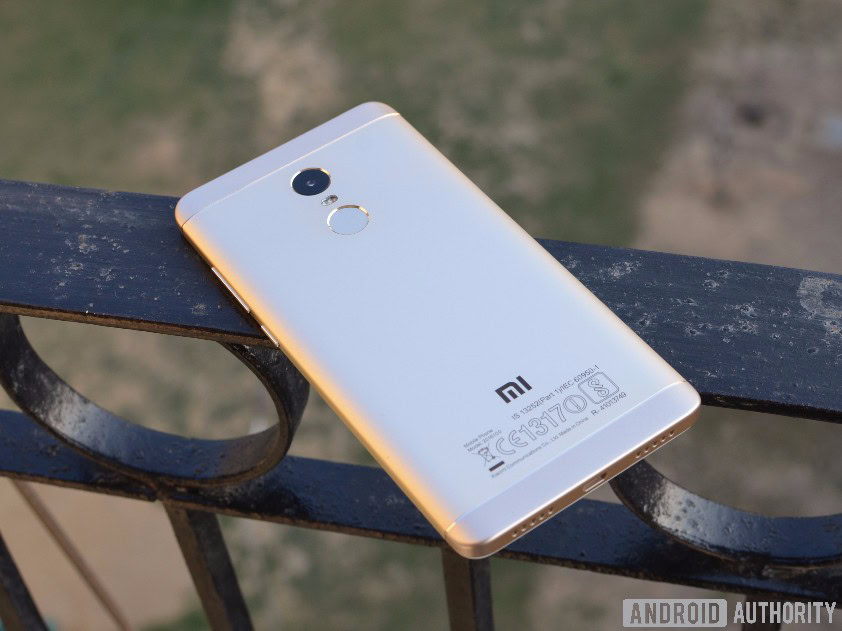
Unlike its predecessor, the Redmi Note 4 sports an all-metal chassis. There’s a 2.5D curved-edge glass up front with chamfered edges for better ergonomics. The device fits very well in the palm and one-handed usage isn’t an issue.
At the back, there are antenna lines running across the top and bottom which break up the design while improving signal reception. The speaker grilles are at the bottom this time around instead of being at the back, and although the device packs in a single speaker, there are two sets of grilles for the sake of symmetry.
At 8.3mm, the Redmi Note 4 is slimmer than its predecessor, but a tad heavier. The additional heft though isn’t an issue and the weight is distributed quite well, so you really don’t feel any discomfort using it for an extended time. It feels sturdy, and I can’t put my finger to it, but it feels nicer, more solid than the Redmi Note 3.
The Redmi Note 4’s design is anything but revolutionary and there are only subtle changes from its predecessor. Yet the whole is greater than the sum of its parts, and in the end, we have a nicely designed budget smartphone that feels great to use.
Display
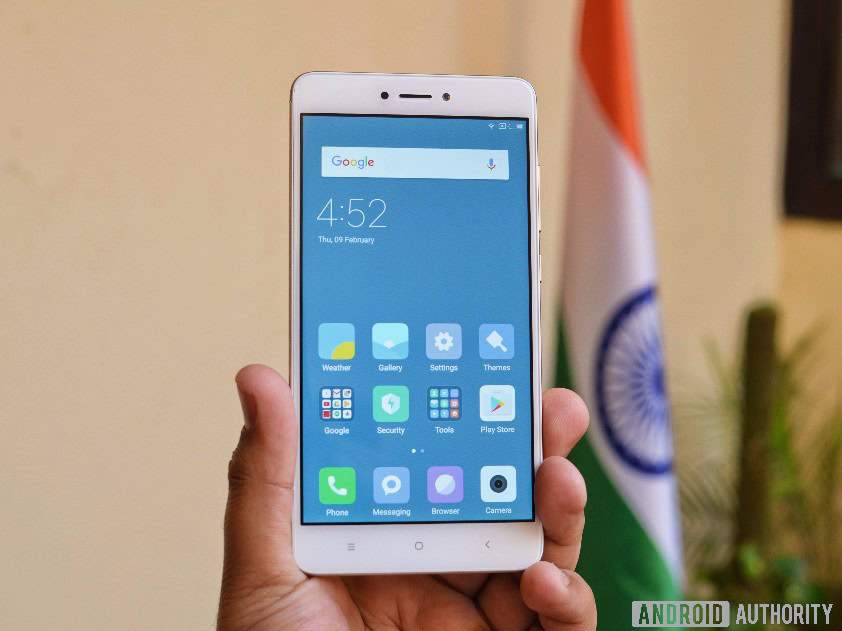
The Redmi Note 4 sports a 5.5-inch Full HD IPS display – the 1080 x 1920 resolution translating to a pixel density of 401ppi. It boasts of a 2.5D curved glass up front that feels good to use.
The display is same as its predecessor, but it is definitely brighter than the one last time around, and hence the sunlight legibility has improved. The color accuracy is better too. For a budget device, the display is quite good, really. The text and images are razor sharp and the colors are quite vivid. The display is a tad reflective, although the viewing angles are great.
Xiaomi also offers a Reading Mode with a blue light filter that makes it easier to read text at night.
There’s one thing though that I wished would have gone away with the latest iteration. There’s a black border running around the display. While it’s minimal, it is very apparent specially when the face of the smartphone is white.
Performance

In the affordable smartphones category, Xiaomi has always tried to pack in a punch in terms of hardware, and the Redmi Note 4 is no different. Powered by an octa-core Qualcomm Snapdragon 625 (MSM8953) processor clocked at 2GHz and an integrated Adreno 506 GPU, the Redmi Note 4 comes in three RAM configurations – 2GB, 3GB, and 4GB – with 32GB or 64GB of internal storage.
The Redmi Note 3 was powered by the Snapdragon 650 chipset, but the Redmi Note 4 is not really a downgrade as the naming convention indicates. Unlike the 28nm Snapdragon 650, the Snapdragon 625 is built on the 14nm architecture and offers better energy efficiency. It might not be the powerhouse as the 650 is, but the mid-range SoC chugs along nicely through everyday tasks.
It is able to handle almost everything I threw at it. There is no lag switching between apps and while multi-tabbed browsing – granted I was on the top end variant with 4GB of RAM, but I don’t think the 3GB variant would stutter by any means. A slight performance degradation is expected, but nothing that could be a showstopper. The 2GB variant though could be a tad rough for a power user, but would be good enough for a casual user.
Multi-tasking on the Redmi Note 4 is a breeze, and it can handle graphic-intensive games without breaking a sweat. Essentially, the top variant of the Redmi Note 4 can handle everything with aplomb and is arguably the best performing smartphone in its category.
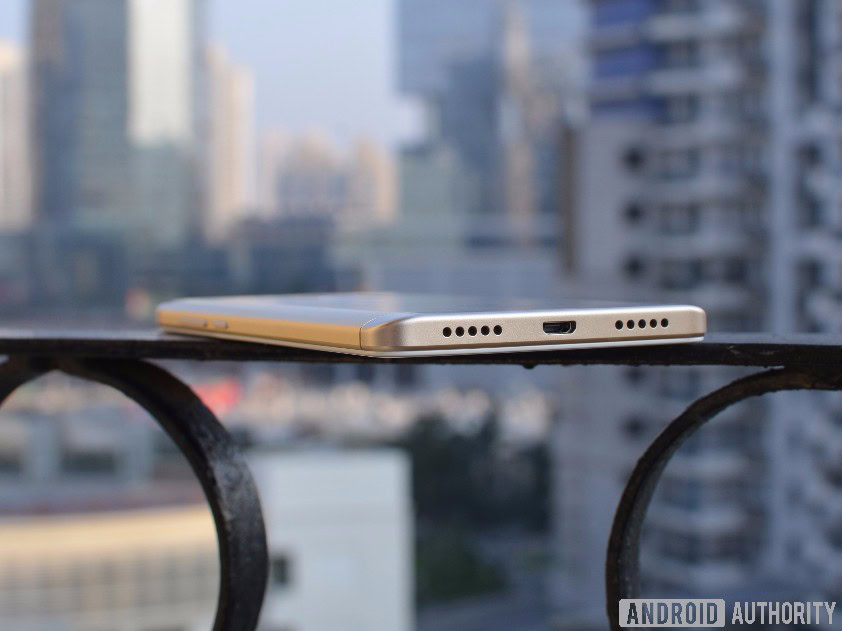
The Xiaomi Redmi Note 4 packs in a 4100mAh non-removable battery. The large capacity combined with software optimizations and the power efficiency of Snapdragon 625 makes it a battery powerhouse. I was able to squeeze in two days of battery life – one-and-a-half in case of heavy usage – and it lasted over 15 hours in my continuous video playback test.
The battery life on the Redmi Note 4 is impressive, and it hurts that there is no support for quick charging – even more important in smartphones with large battery capacity.
Hardware
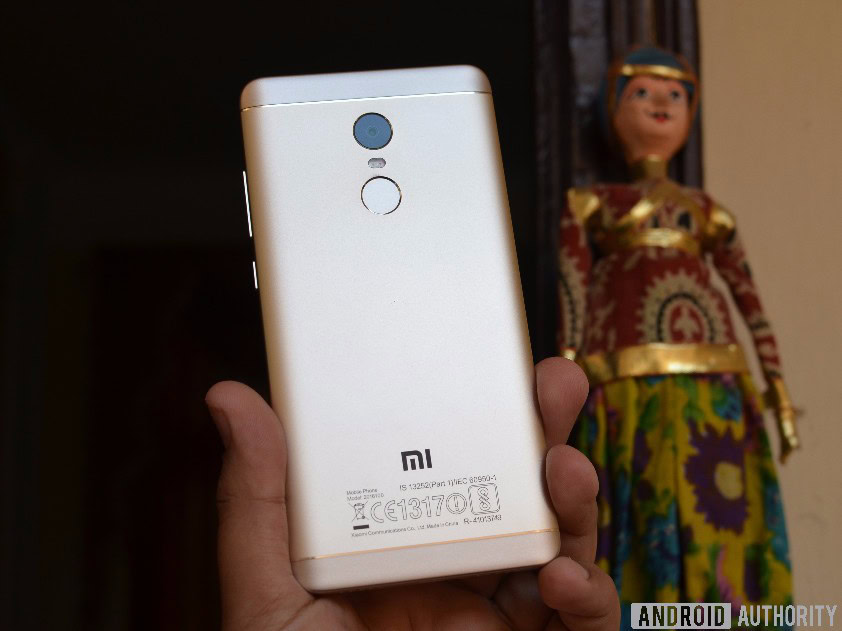
The Redmi Note 4 features a hybrid SIM tray, so you can either use two SIMs or one Nano-SIM and one microSD card. You might want to keep this in consideration when making a choice between the 32GB and 64GB variant if you want to use two SIM cards. The Redmi Note 3 supported microSD cards of up to 32GB only which was a bummer. Thankfully, that’s taken care of now and you can put in those 128GB microSD cards as well.
I’m slightly disappointed to find a microUSB port in a smartphone released in 2017. I would’ve liked a Type-C port instead, although I’m sure not many people will have an issue with it. Also, just like its predecessor, the Redmi Note 4 too gives NFC connectivity a miss.
The fingerprint scanner on the Redmi Note 4 is mounted on the rear just below the camera unit. It’s always on, so you can unlock your phone directly from sleep. While the accuracy of the fingerprint sensor is pretty good, it takes a while for the phone to wake up and unlock. It’s not the fastest fingerprint scanner out there clearly. Also, on a few occasions the detection would fail if the finger is slightly wet.
Camera
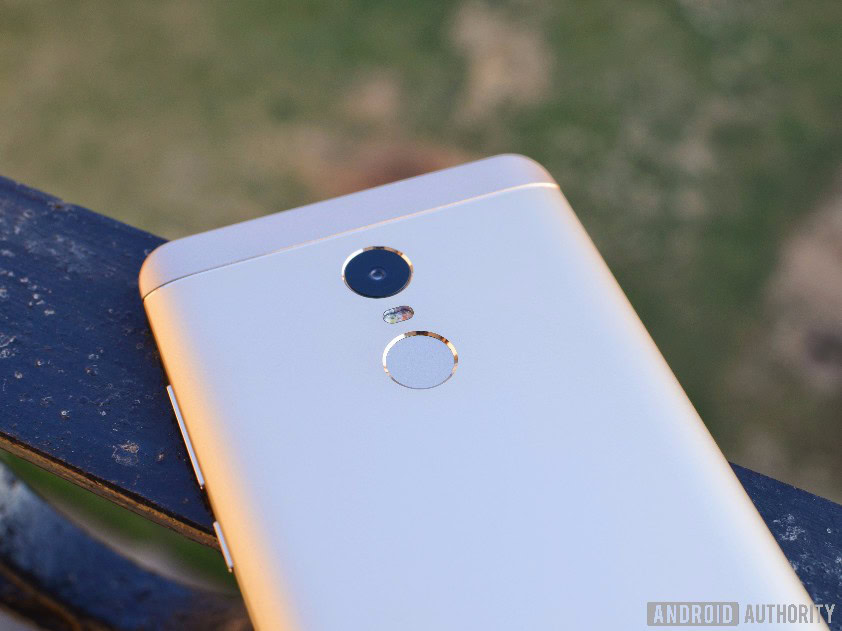
The Redmi Note 3 disappointed many in the camera department, and Xiaomi has focused on improving the camera on this year’s model. The 13-megapixel rear camera with f/2.0 lens is a testament of that.
In well-lit conditions, it can take some great landscape shots. When shooting close-ups of objects or macro shots, the color reproduction is quite good and there are plenty of details. Sharpness is a mixed bag though. The camera focuses quickly, which is also great for taking some fine shots of moving subjects. If you’re shooting in HDR, you’ll manage to squeeze in more details, although it takes slightly longer to shoot the photos.
In low-light though, Xiaomi has still a lot to do. If you put in some effort, you would manage to get some decent shots, but once you zoom in, you’d find a lot of graininess.
The 5MP front camera sports a f/2.0 lens and most selfies in well-lit conditions come out well with good color accuracy and details. Indoors or in low-light though, it’s a hit-or-miss, which is pretty much the case with most smartphones in this price segment.
In terms of video recording, the rear camera can record videos at 1080p resolution and the quality is good enough. The video recording on front camera is now downgraded to 720p compared to 1080p on its predecessor and it fails to impress in terms of details.
The camera app on the Redmi Note 4 includes a variety of modes, including a manual mode that lets you tweak the ISO, white balance, and exposure settings, and a wealth of other options.
Software
The Redmi Note 4 runs MIUI 8 based on Android 6.0.1 Marshmallow. The company is testing a Nougat preview of MIUI, and will be rolling it out in the coming months. MIUI 8 is one of the popular Android customizations, and although it’s quirky and can be frustrating to use at times, it packs in a lot of features and has its share of fans.
And it has gone better. On Redmi Note 4, MIUI 8 is quite smooth and polished. With the internals it packs, the smartphone just breezes with MIUI 8, and even the usual culprits like system animations are a user experience delight.
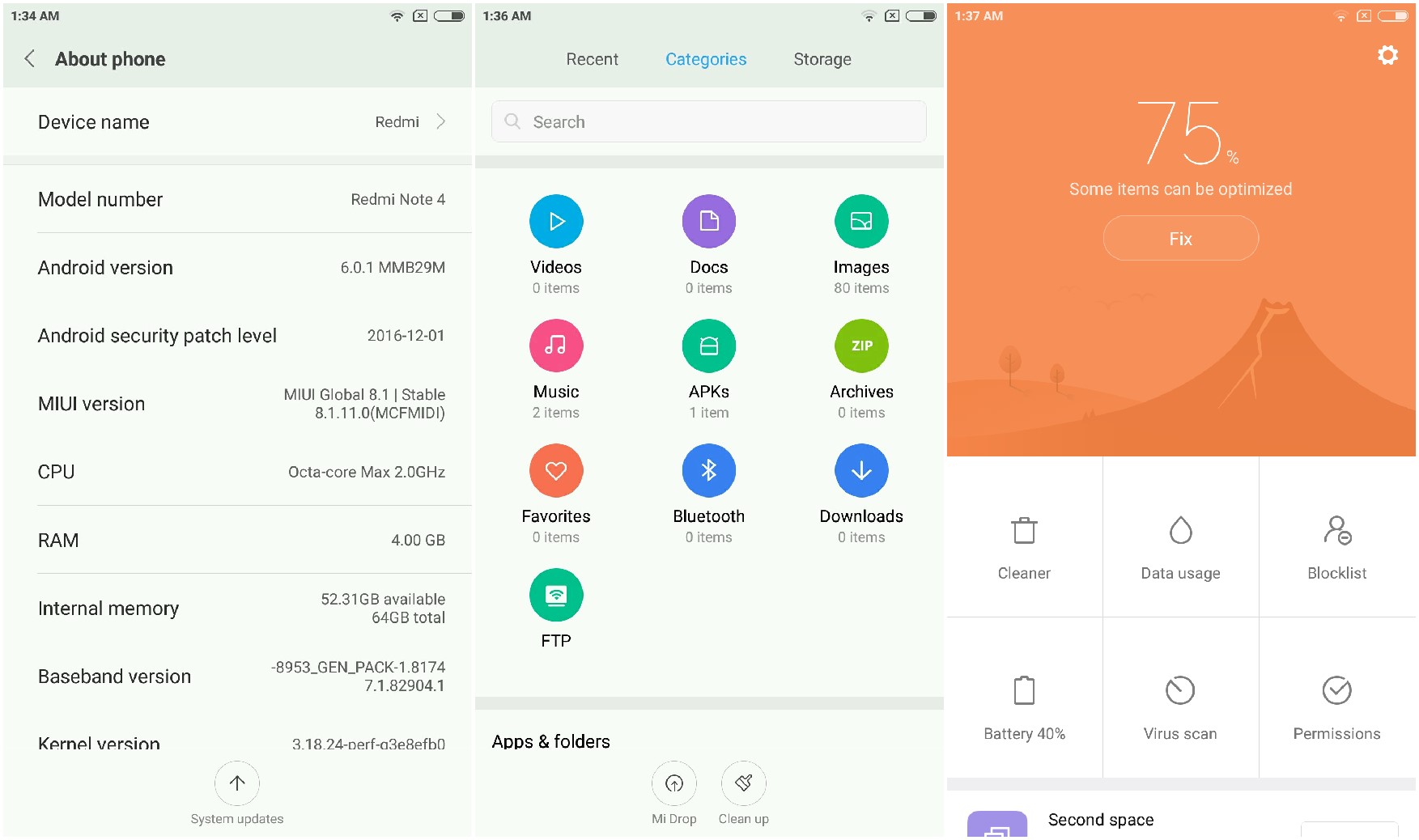
One of the highlights of the MIUI 8 is the focus on privacy with Dual Apps and Second Space. While the Dual Apps feature allows you to create two instances of any app (so for example, you can use two WhatsApp accounts on the same phone), the Second Space feature allows users to separate personal and business information on the same device.
While the MIUI 8 has an improved dialer app, it also boasts of a caller ID feature with information about the delivery staff of online stores and local on-demand services. The Messages app bundles similar messages into folders so texts from banks, service providers, online stores, etc. don’t clog up your inbox. These are very useful, and unique, features that Xiaomi has specifically introduced for the Indian market.
MIUI 8 includes a one-handed mode, which is accessible with a left-to-right swipe gesture across the navigation keys. You can shrink the screen size down to 4.0 inches, 4.5 inches, or 3.5 inches, making it more convenient to use the phone one-handed. There’s also the Quick Ball feature that lets you access shortcuts with ease – first introduced with the large-sized Mi Max phablet.
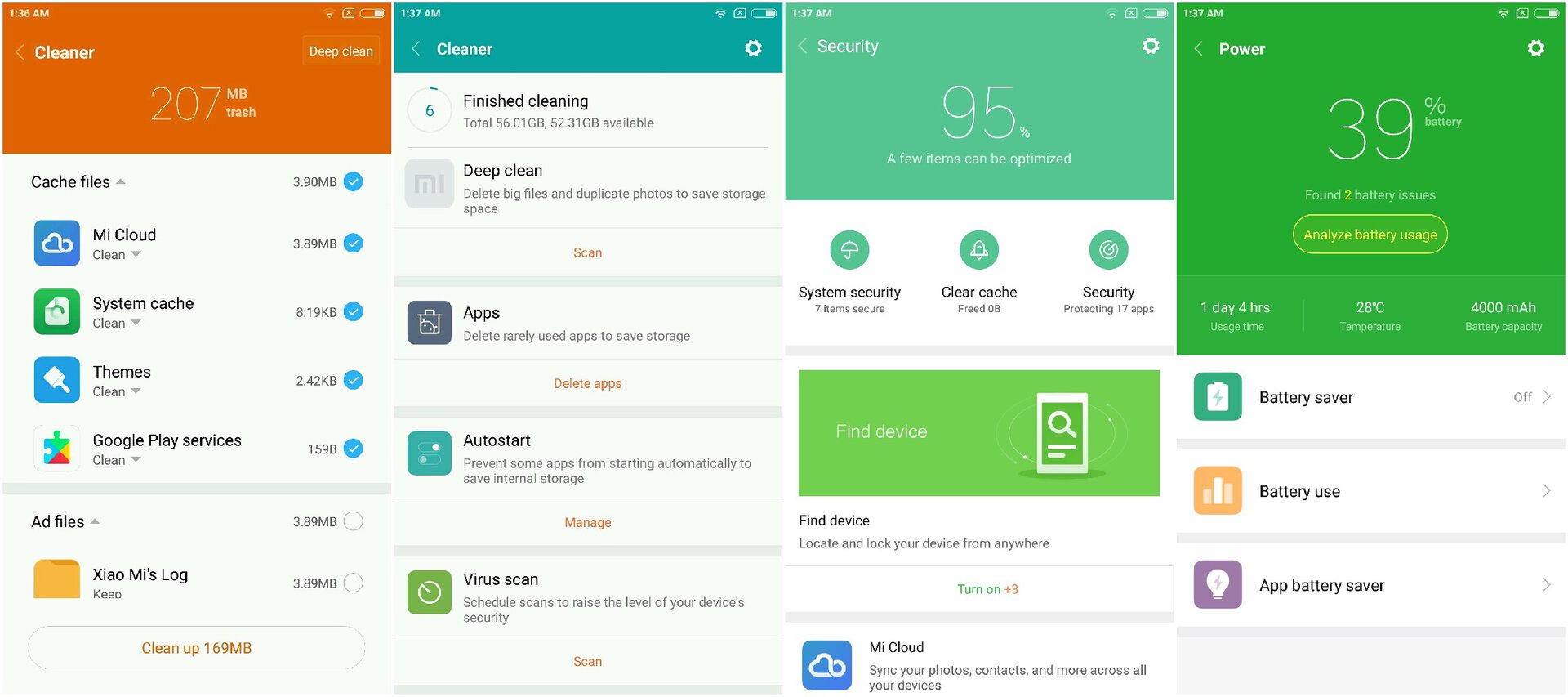
The Redmi Note 4 has a bunch of preloaded apps, and they can’t be uninstalled in case you don’t need any of these. That’s double whammy, really.
Overall, the overall software experience on the Redmi Note 4 is great, and there are a bunch of useful features that you’d only appreciate once you start using it. I’m not a big fan of MIUI’s aggressive memory management, but that apart, there are no complaints really if you warm up to it.
Specifications
| Operating System | MIUI 8 based on Android 6.0.1 Marshmallow |
|---|---|
Display | 5.5-inch Full HD (1920 x 1080) IPS LCD | 2.5D curved glass | 401ppi |
Processor | Octa-core Qualcomm Snapdragon 625 | Eight Cortex A53 cores at 2.0GHz | 14nm |
GPU | Adreno 506 | 650MHz |
RAM | 2GB/3GB/4GB |
Internal Storage | 32GB/32GB/64GB | expandable up to 128GB via microSD |
Rear Camera | 13MP with LED flash | f/2.0 lens | PDAF | 1080p video recording |
Front Camera | 5MP | f/2.0 lens | 720p video recording |
Battery | 4100mAh |
Dimensions | 151 x 76 x 8.3mm |
Weight | 175g |
Gallery
Pricing and final thoughts

After the massive success of Redmi Note 3, the Redmi Note 4 had tough shoes to fill. And looks like we’ve got another winner on our hands. The Redmi Note 4 is definitely the new benchmark for other budget smartphones launching in 2017 to match up to. It’s not really an unknown territory for the Chinese company to find itself in.
The Redmi Note 4 is definitely the new benchmark for other budget smartphones launching in 2017 to match up to.
The Redmi Note 4 is not perfect – the camera still misses the beat – but it is a well-rounded package that one wouldn’t hesitate to recommend – especially if one needs a big screen and long battery life. Packed in a neat chassis, the smartphone performs great and is a compelling smartphone that gets a direct entry into any best-of lists. Interestingly, there’s nothing revolutionary in the Redmi Note 4, yet it’s a nice progression from the predecessor that fixes most of latter’s flaws and presents itself as a fantastic value-for-money device.
In India, the base model comes with 2GB of RAM and 32GB storage and retails for ₹9,999 ($145). Unless you’re a basic smartphone user, you might want to skip it and go for the other variant with 3GB of RAM and 32GB storage that is available for ₹10,999 ($160). Of course, if you don’t mind spending more, picking up the top variant with 4GB of RAM and 64GB storage for ₹12,999 ($190) is a no-brainer.